Filing for Chapter 7 bankruptcy protection
In life, there are a number of occurrences that can lead to financial downfall – loss of a job, a medical emergency, even the inability to keep up with the rising cost of living. When faced with a financial crisis, many individuals begin to look for a way out. Filing for Chapter 7 bankruptcy protection has proven to be a viable option for many who have faced this situation in Mississippi and throughout the United States.
Approximately 56 percent of consumer bankruptcy filings made in Mississippi are Chapter 7 bankruptcies. People often choose this option because it can eliminate their unsecured debt, including medical bills and credit card debt. However, what some people might not know is that a Chapter 7 filing will require the sale of certain non-exempt assets in order to settle the debts owed.
What happens after a Chapter 7 is filed?
An individual’s creditors will be notified immediately following the bankruptcy filing. Those creditors must cease any attempts to collect on the debt owed. Additionally, at the time of filing, the individual must submit to the court a list known as a schedule of all assets and liabilities. Liabilities can consist of things such as taxes owed, mortgage debt and credit card debt.
Assets will include, but not be limited to, the following:
- Personal property, like household items, clothes, cash
- Real property, such as a home or other real estate
As already noted, an individual’s non-exempt assets will be used to pay a portion, if not all, of the debt owed to creditors; therefore, it is important to know what is exempt and what is not when filing for Chapter 7 protection. The vast majority of chapter 7 filers keep all of their property because they do not own non-exempt assets.
In Mississippi, individuals are permitted to exempt $10,000 worth of certain kinds of personal property. These exemptions also include income received under disability insurance and most payments received from a qualified pension and other sorts of retirement or profit-sharing plans.
Once a determination has been made regarding a person’s exempt assets, all non-exempt assets must be turned over to the bankruptcy trustee who will then sell the items and deliver the proceeds to the creditors involved. In many cases, an individual’s home, vehicle, and other furnishings fall under the exempt property, although how each case is handled depends on its unique circumstances.
After those funds have been distributed, or if there were no non-exempt assets to sell, the court then discharges the individual’s debt repayment obligation for any remaining unsecured debts.
The pros and cons of a Chapter 7 filing
Many people living in hard economic times see filing for Chapter 7 bankruptcy protection as being thrown a financial lifeline. The filing essentially eliminates the obligation to repay various types of unsecured debt, which can mean financial freedom in a matter of a few short months. Still, individuals should be aware that a Chapter 7 filing can stay on their credit report for a period up to 10 years.
There are a number of other trade-offs to be mindful of when filing, but when it comes to having peace of mind and the ability to finally take charge of one’s finances, Chapter 7 may be a worthwhile option.
Individuals who are interested in finding out how filing for bankruptcy protection might benefit them should consider seeking the advice of a legal professional who can further explain the options available in relation to their specific situation
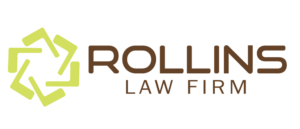
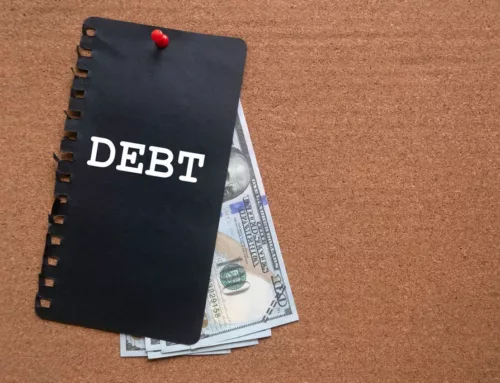

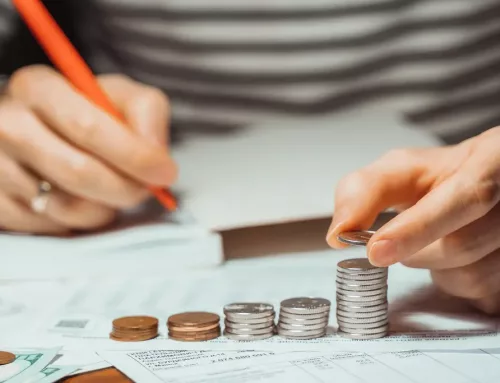
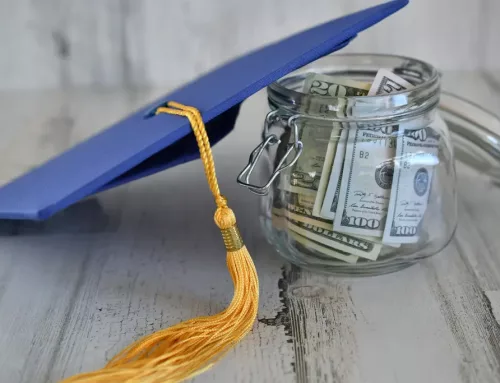
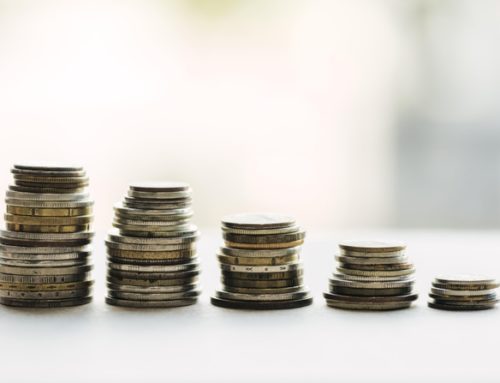
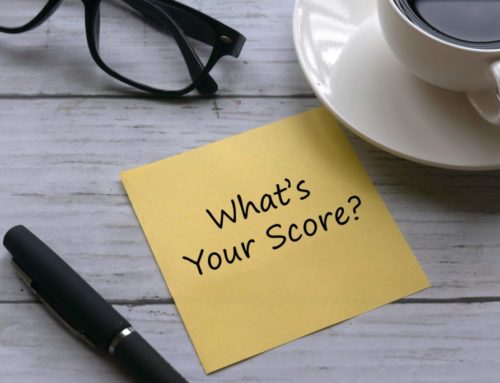
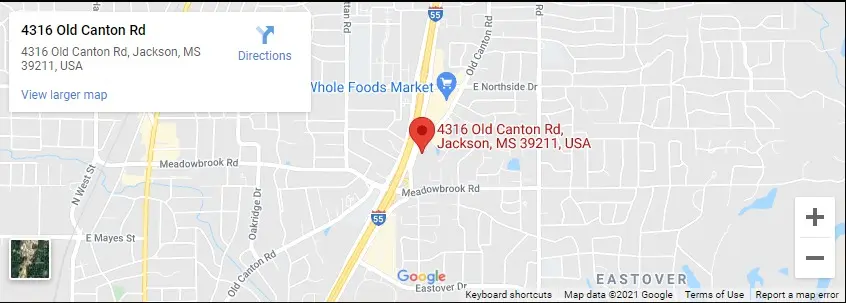
Connect with Us